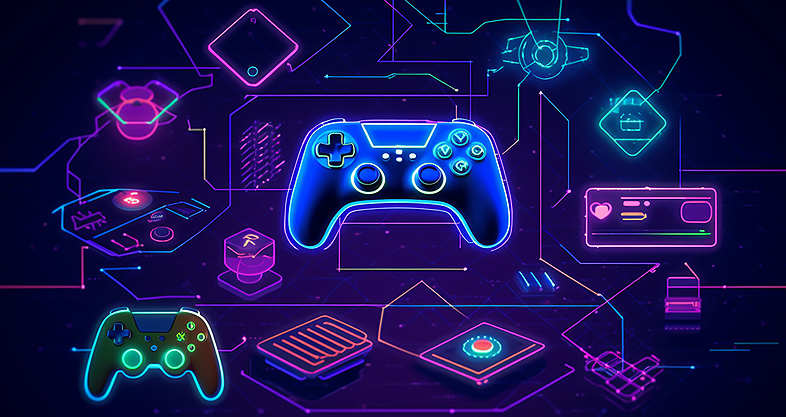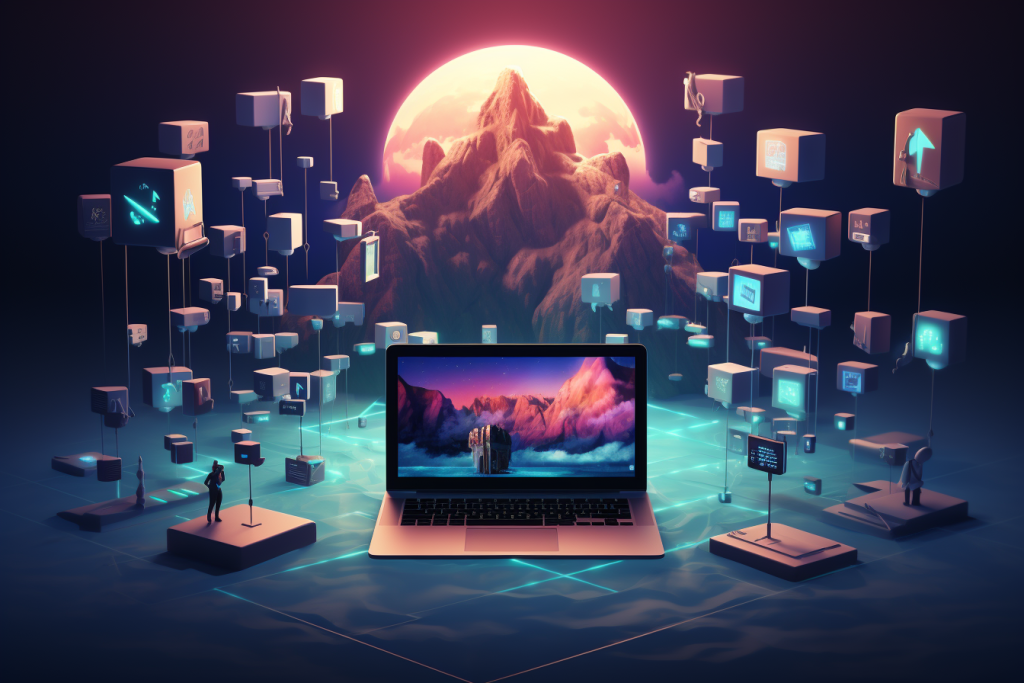share
With the recent innovations in the gaming and cryptocurrency spheres, we are met with a new era of gaming. An era of gaming marked by decentralized finance and player-driven content.
In recent years, we’ve seen an emergence of new ways to play video games that utilize blockchain, NFT, and cryptocurrency technology to enhance the traditional gaming experience. Web3 games encompass all of the above, taking the ideas from those aforementioned genres of games and moving the technology towards the new era of gaming and the internet as a whole.
Web3 games include the decentralized networking of a distributed ledger system such as blockchain and add NFTs and cryptocurrencies to the mix as rewards and boons for player engagement. A lot of the time, in these sorts of games, you will see in-game assets turned into ownable NFTs that can later be traded using the robust technology of blockchain.
Web3 games integrate blockchain technology to boost player engagement with the game developer directly while laying down the necessary groundwork to completely remake the old play to earn experience. Moreover, this infrastructure allows for an unrivaled amount of interloping between different game titles. As in-game, items earned in one game can be potentially transferred to another game effortlessly. Imagine a world where you can find a piece of loot or earn a plot of land and be able to use it in a different game completely.
How and Why Did This New Field of Free-To-Play Gaming Emerge
Cryptocurrency, blockchain, and NFTs have very little correlation to gaming, so one might ask themselves how this technological collaboration even came to fruition. Well, the answer is simple. If we look at what gamers like most in their games and what the blockchain industry can offer, we can see a big overlap between these two usually separate industries.
Most players strive for uniqueness. Be that uniqueness in playstyle, character builds, character looks or etc., they are always intrigued by standing out and being unique. This quality is unmatched when we look at cryptocurrencies and NFTs in particular. These digital assets are wholly unique in their appearance, method of trade, and fluidity, making them a perfect fit for gamers.
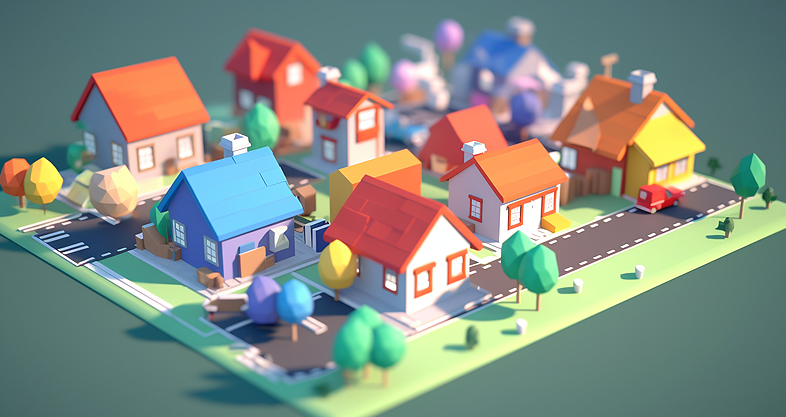
In-game items and player-earned content isn’t something the gaming industry or society at large have put a lot of emphasis on in the past. Although something akin to this idea has been circulating around MMOrpg games for quite a while, and now it’s finally hitting the mainstream with NFT, crypto, and blockchain games. The desire of players to earn in-game assets and have everyone else recognize the value of those things is yet to be quenched by game developers. That is why free-to-play, play-to-earn games have been on the rise in popularity recently.
The gaming world has finally acquired the necessary technology to build this type of experience in a reliable and safe way.
Integral Aspects of Web3 Games
Web3 games are wholly unique and can be hard to grasp by wider audiences. To further understand the topic at hand, we need to go over the aspects every Web3 game brandishes.
Ownership and Interoperability
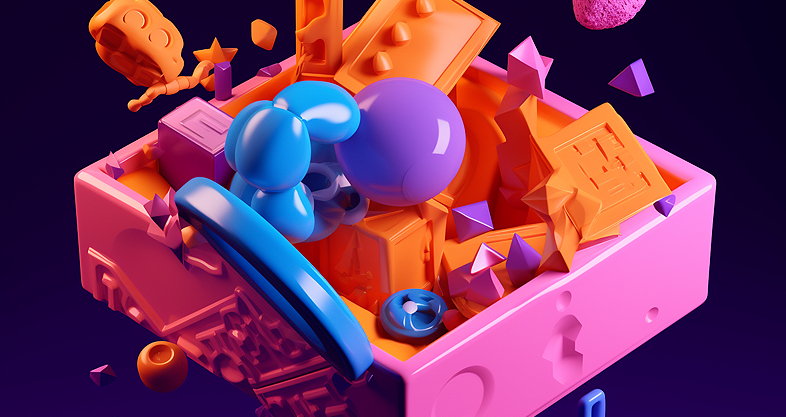
Where traditional games only make you feel like you own an in-game item, Web3 games actually let you own them. Since most, if not all, items and assets in these games are some kind of NFT or cryptocurrency, once you acquire the item in-game, it is then sent directly to your digital wallet, making it yours.
This simple trick makes the gaming experience a lot more personal as you can feel and see the results of your actions in a virtual world directly correspond to real-world assets. Web3 takes this a step further, promising a completely unique and new metaverse for the games built on it where players can create personalized avatars, transfer assets between games, and trade them on the marketplace with other users.
Connection With Game Developers
Unlike any other gaming field on the market, web3 games allow for a much more direct correlation between developer and player. Since the validity and price of an NFT or cryptocurrency are defined by the number of players engaged by a game, developers can clearly see what changes and tweaks are needed to satisfy the general gaming audiences.
This way, players can directly express their opinions to game developers not through words but through action.
Maintenance-Free
Since web3 games are built on a modified version of the blockchain, the whole ecosystem is fully automated and safe from external interventions. Once a gaming DAOs starts running, you can be sure that it won’t go down and burn through your profits or player’s patience.
Transparency
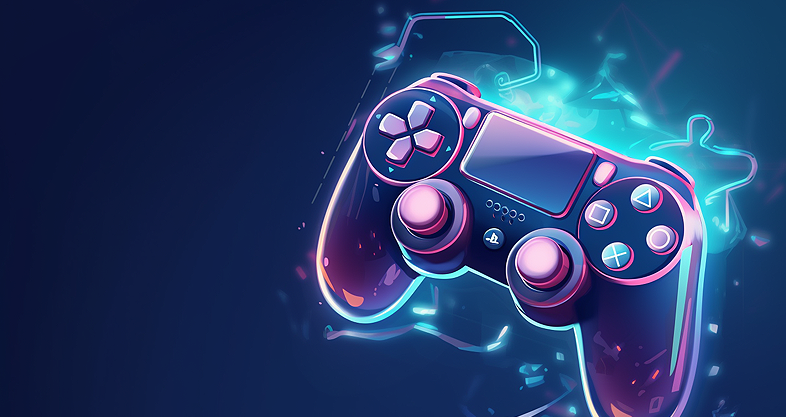
Once again, this is something shared by all projects based on blockchain technology. Whenever a developer announces a new addition to their game, a player can check the validity of the statement by simply browsing in a blockchain explorer. The data on most web3 games is readily available due to the decentralized nature that the genre is known for.
Additionally, with this level of transparency, web3 games are able to be completely player-driven in what changes come their way. Most web3 games hold a voting consensus to decide on changes in the gaming experience as a whole.
ICODA as the Leading Web3 Game Developer

ICODA has played a major role in the NFT, crypto, and blockchain spheres, and with multiple years of experience in those fields alone, not counting how many gaming projects we’ve helped to build, we are proud to announce that we are qualified to help in the creation of Web3 gaming titles.
We brandish a team of experts in the four aforementioned fields and can guarantee that your idea won’t go to waste in our hands. So far, an enormous amount of businesses across the globe have used our help and services to boost their projects to previously unimaginable heights.
If you’re not feeling it yet, consider a free consultation!
